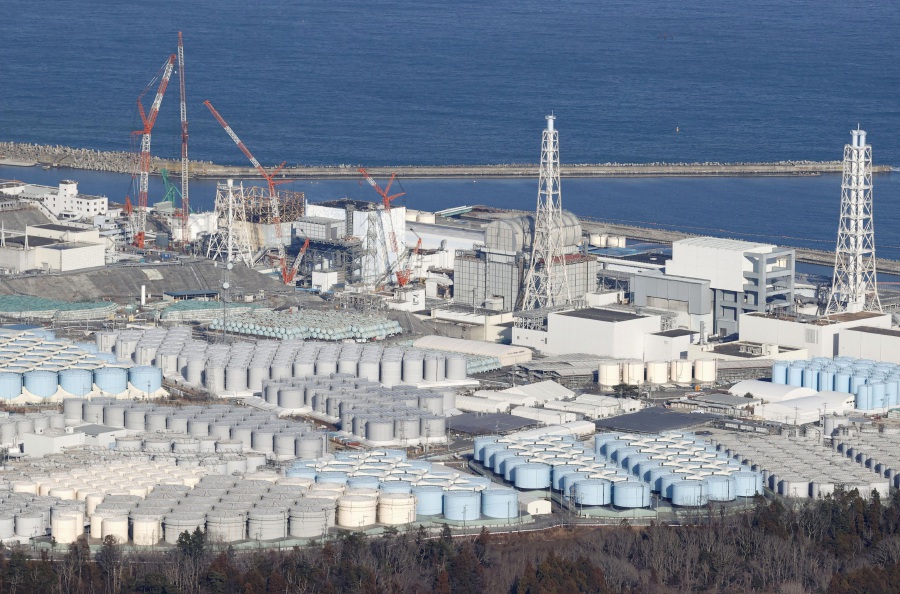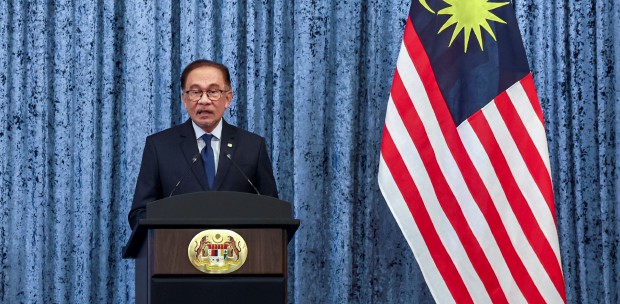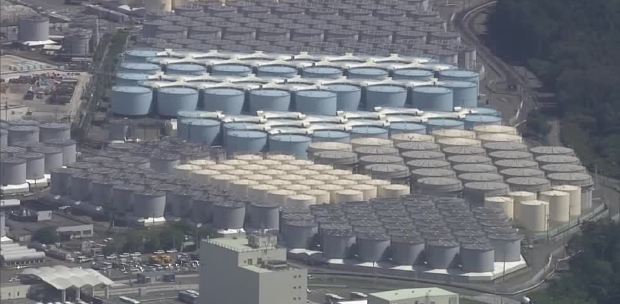TOKYO: Japan began releasing a second batch of treated wastewater from the Fukushima nuclear plant on Thursday, its operator said.
The water discharge began at 10:18 am (0118 GMT), a TEPCO spokesman told AFP.
It follows the first discharge on August 24, when Japan began releasing some of the 1.34 million tonnes of wastewater built up since a tsunami struck the facility in 2011.
While Japan has insisted the treated water poses no health risks – a view backed by the UN's nuclear watchdog – China has repeatedly criticised the release and banned all Japanese seafood imports.
As with the initial release that ended September 11, about 7,800 tonnes of water are expected to be discharged in the second phase.
TEPCO has said the wastewater has been filtered of all radioactive elements except tritium, which is within safe levels.
"It has been confirmed that the first release has been conducted as planned and in a safe manner," government spokesman Hirokazu Matsuno told reporters Thursday, stressing no abnormalities had been detected.
The government will "continue to communicate, both domestically and internationally, results of monitoring data in a highly transparent manner," Matsuno said.
Japan will also urge China to "immediately scrap import bans on Japanese food, and act based on scientific justifications", he added.
Russia, which has frosty relations with Japan, is reportedly considering following suit on the seafood ban.
China has accused Japan of using the ocean like a "sewer", an assertion echoed at the UN last week by Prime Minister Manasseh Sogavare of the Solomon Islands, who has developed close ties with Beijing.
Following the initial release, numerous Japanese businesses reported being flooded with calls from Chinese numbers, prompting Tokyo to urge Beijing to "ensure the safety of Japanese residents in China."
The full release, which is expected to take decades to complete, is aimed at making space to eventually begin removing highly dangerous radioactive fuel and rubble from the plant's wrecked reactors.--AFP





